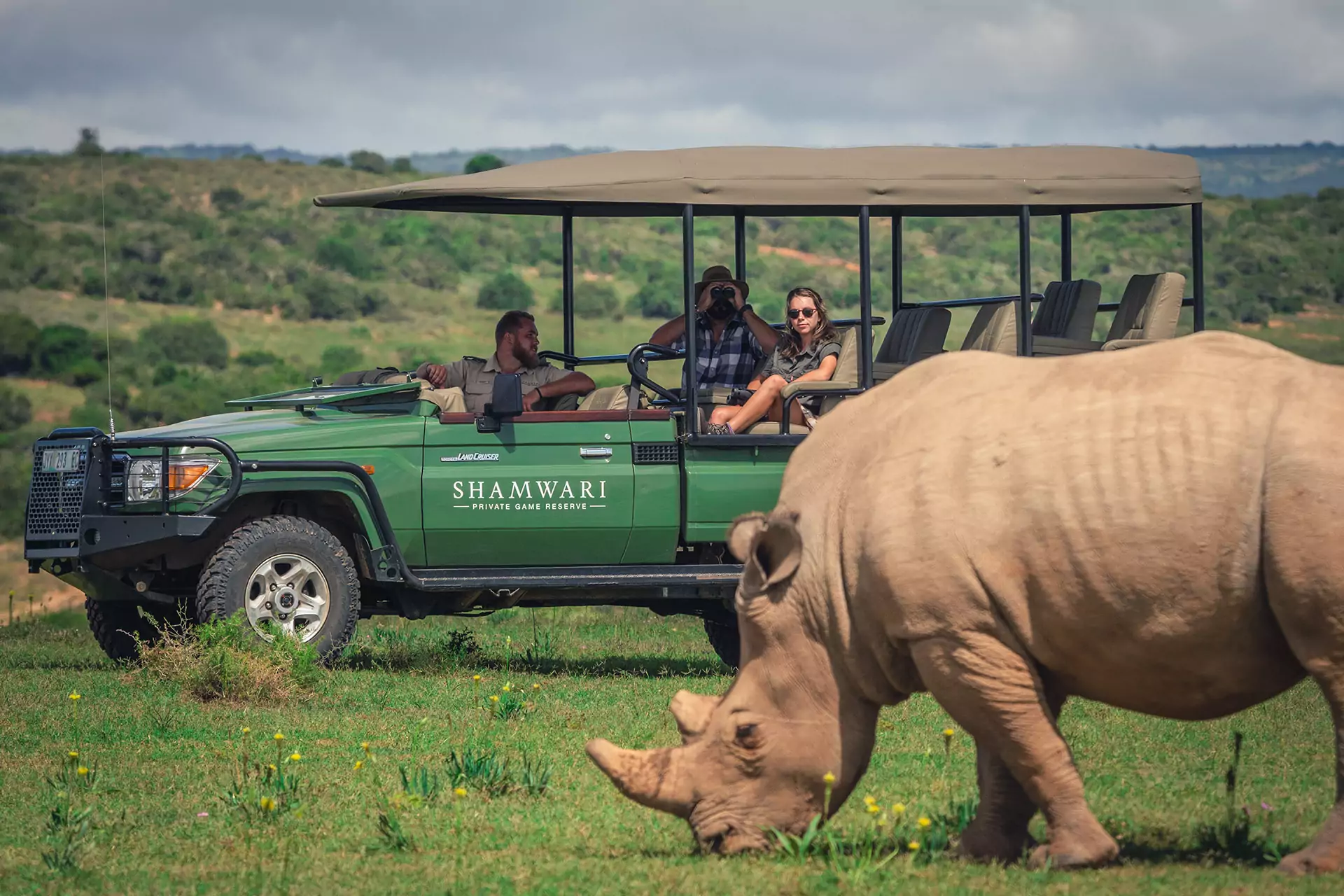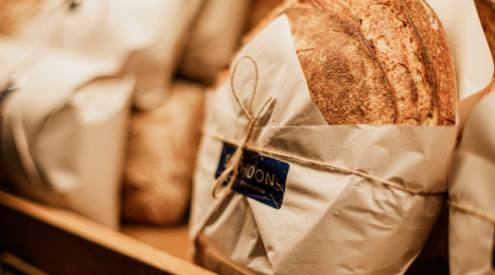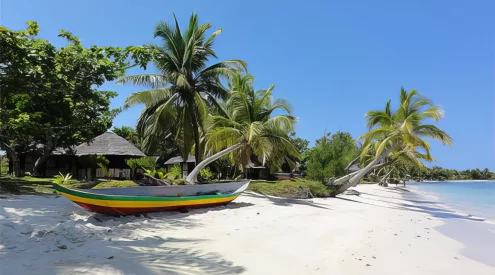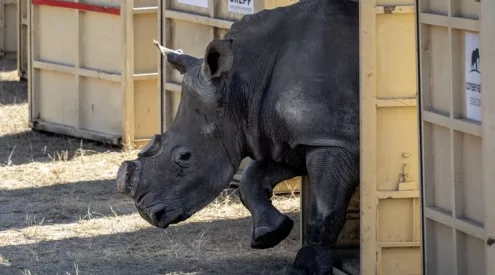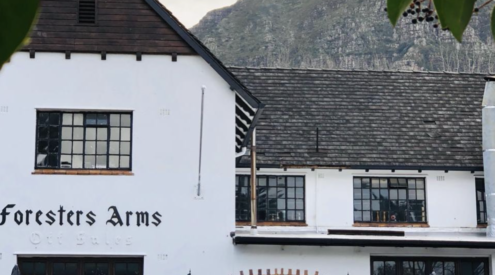The Mammal Research Institute (MRI) Whale Unit of the University of Pretoria has commenced its 53rd annual aerial survey of southern right whales to monitor the health of the population on 1 October.
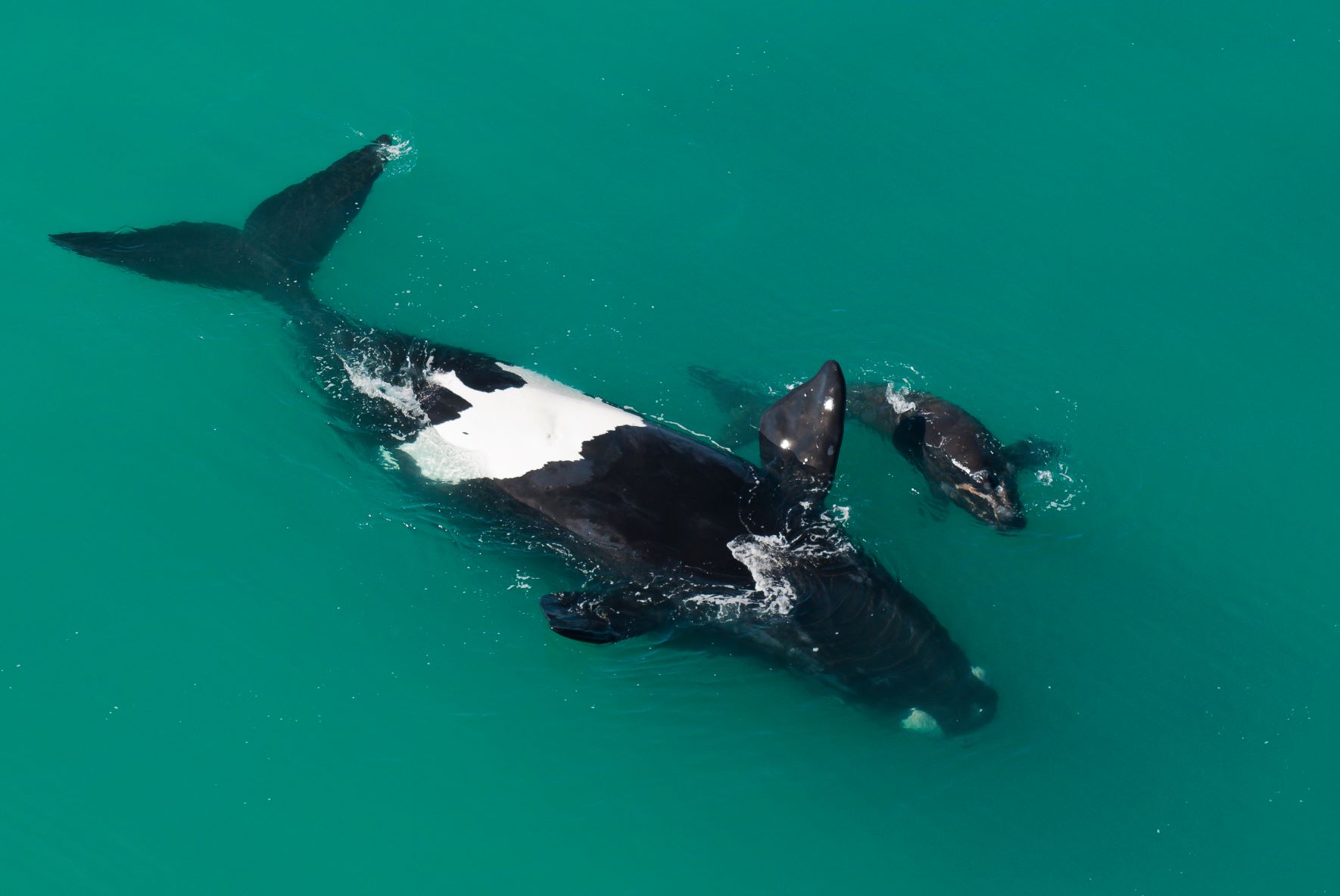
The South African population is believed to be the largest breeding stock of the global population, comprising some 6 300 individuals, reports the MRI.
These surveys use photo-identification and are one of the longest uninterrupted datasets in the world on any marine mammal, providing critical information for the estimation of demographic parameters of the population (including, for example, population size and trend, calving intervals, survival rates and age at first calving).
The area to be surveyed is between Nature’s Valley and Muizenberg, using a Eurocopter AS350 at an altitude of approximately 300 m. Flying is only carried out under adequate weather conditions. During the survey, all encountered whale species are recorded. Additionally, and most importantly, all southern right whale females with calves, as well as all individuals with distinctive brindle colouration or markings, will be photographed in order to allow individual identification. Once sufficient photographs are obtained, the helicopter returns to the 300 m altitude to continue searching for whales.
The MRI Whale Unit’s 2022 survey will be flown in association with Silvercross Helicopters and with the support of various parties including De Hoop Collection, Denel Overberg Test Range, and private citizens along the route. The survey is carried out under a permit from the Department of Forestry, Fisheries and the Environment to approach whales, and under specific Marine Protected Area permits from the relevant conservation authorities.
‘The De Hoop Marine Reserve is the main calving ground for Southern Right Whales in Southern Africa, with over 70 % of the population,’ says William Stephens, owner of De Hoop Collection and chairman of Cape Country Routes.
‘The annual whale count provides valuable information on what affects these populations each year. No doubt the minimal boat interference and changing feeding grounds affect the number each year,’ he continued. ‘The tourism and economic spin-off from Whale Tourism is vital for the Overberg. Earlier in September, sightings of approximately several hundred whales were reported off the De Hoop Coastline …. South Africa’s whale capital!’
Picture: De Hoop Nature Reserve
ALSO READ: Seal attacks beachgoer on Cape Town beach

